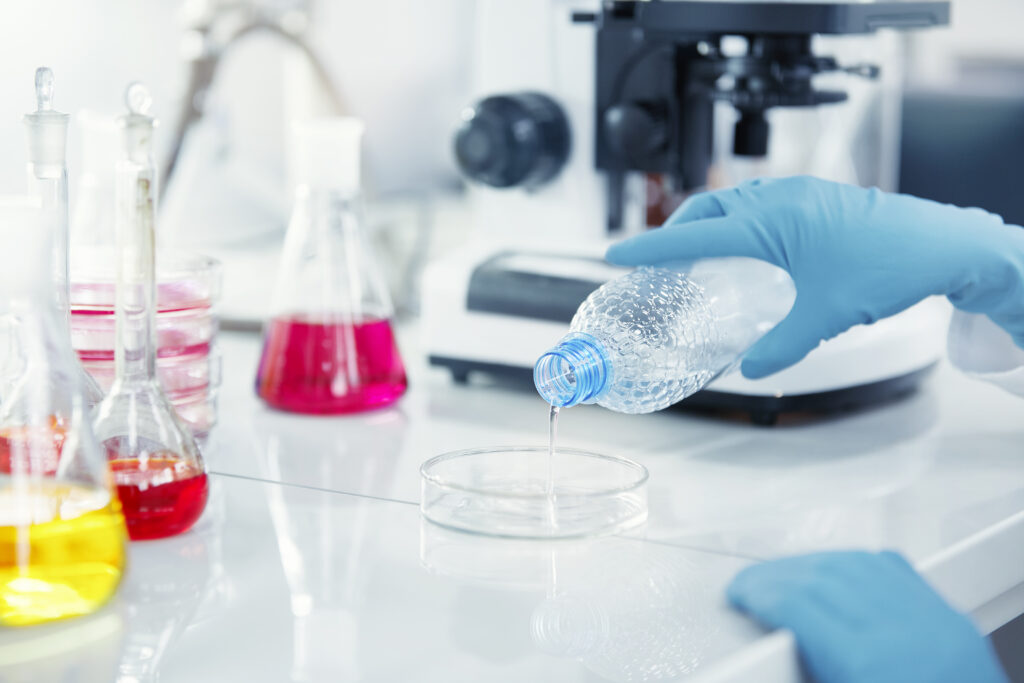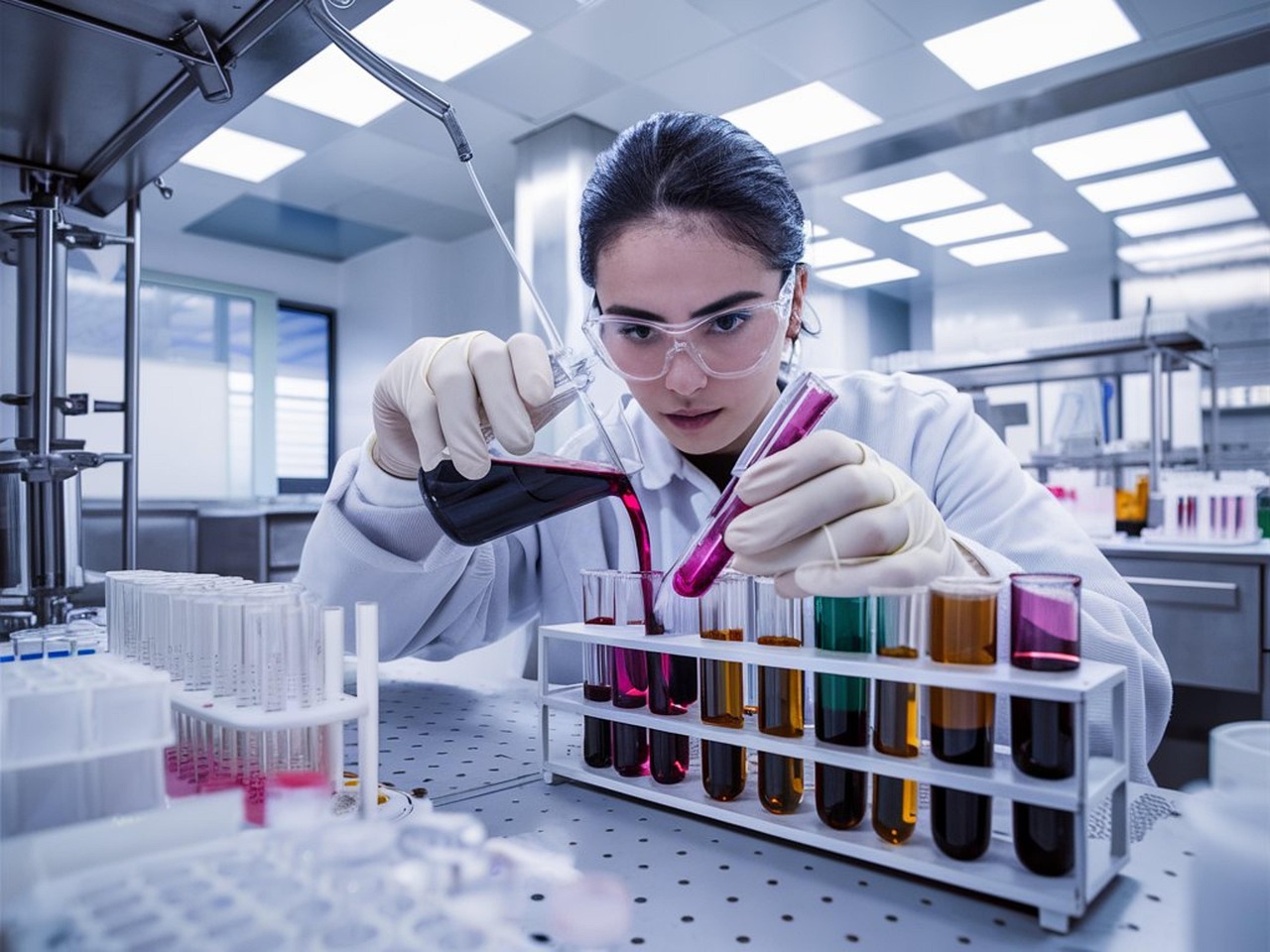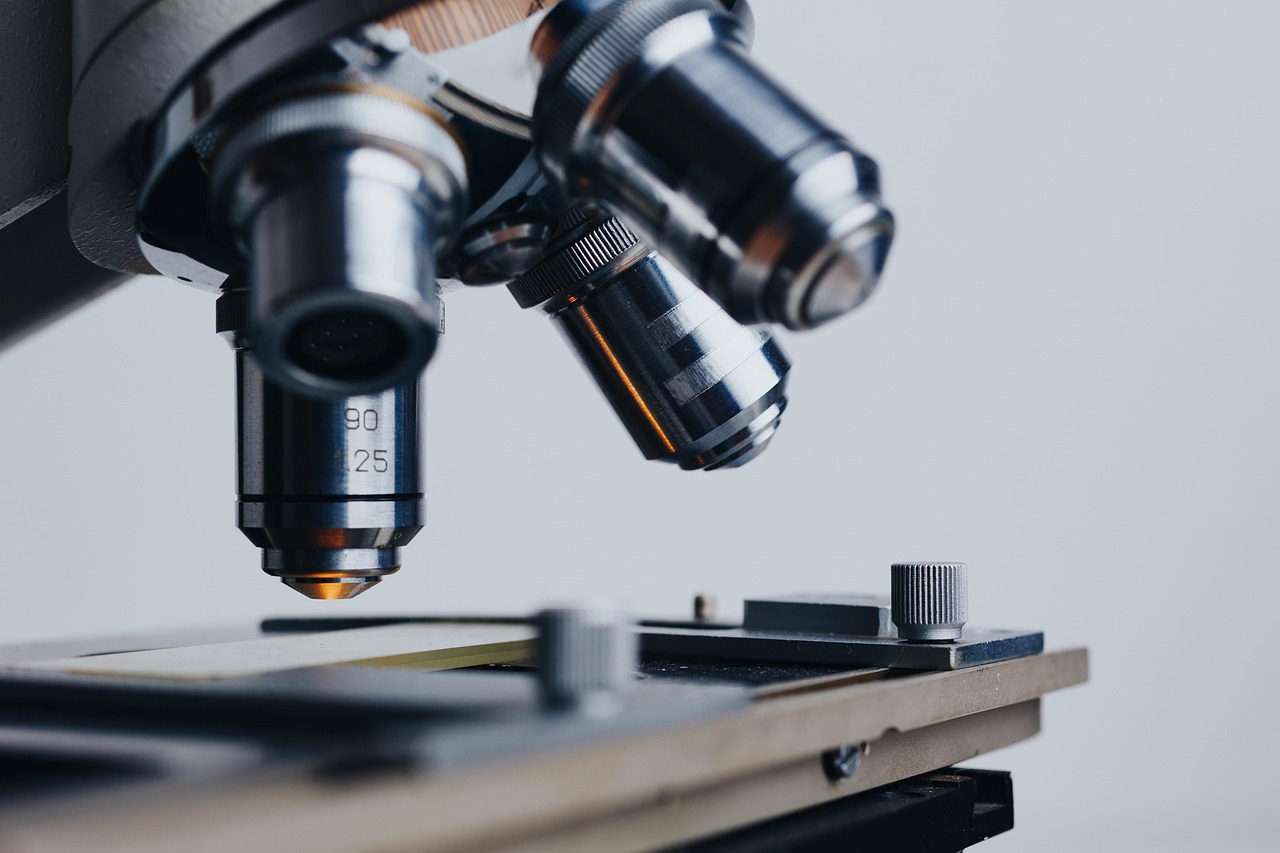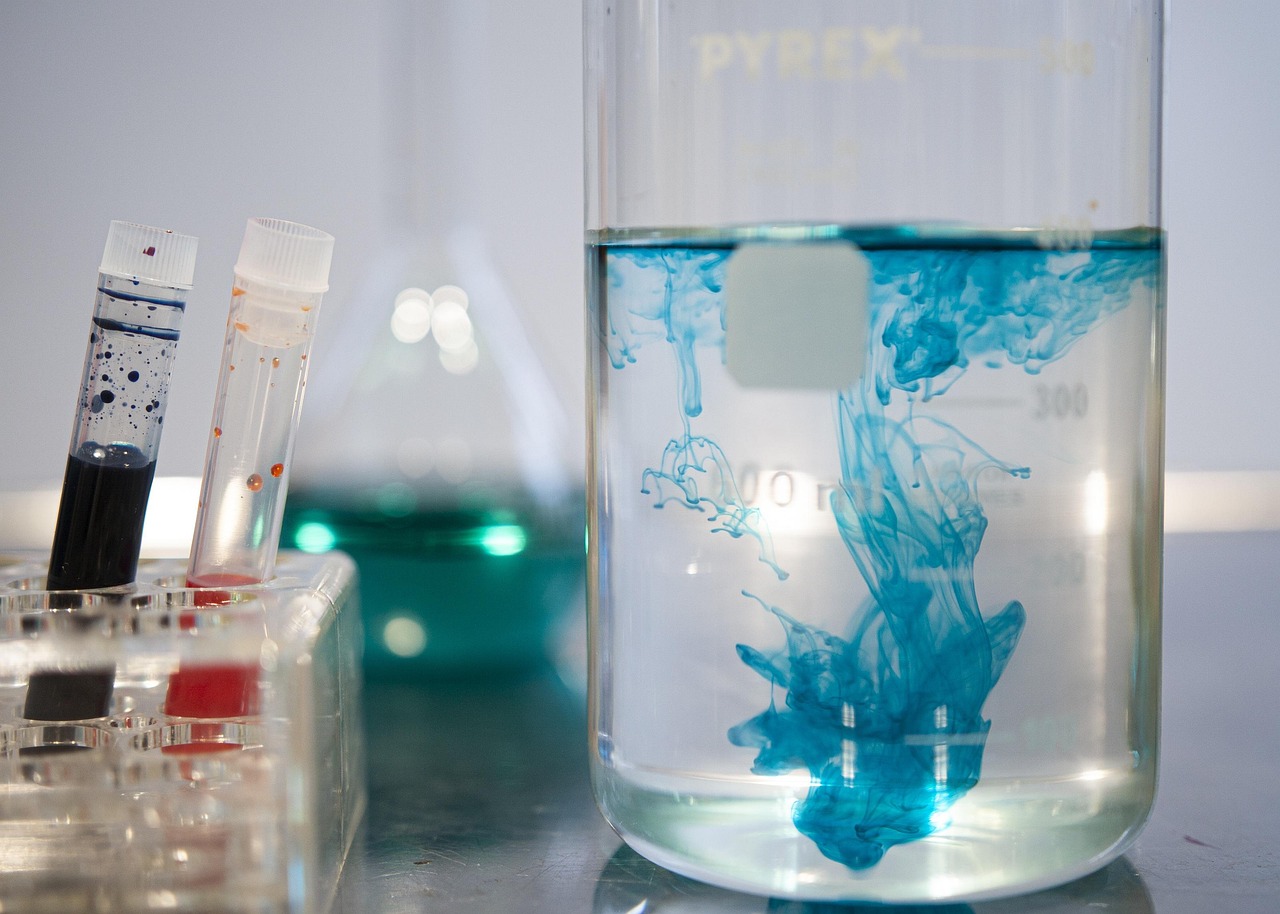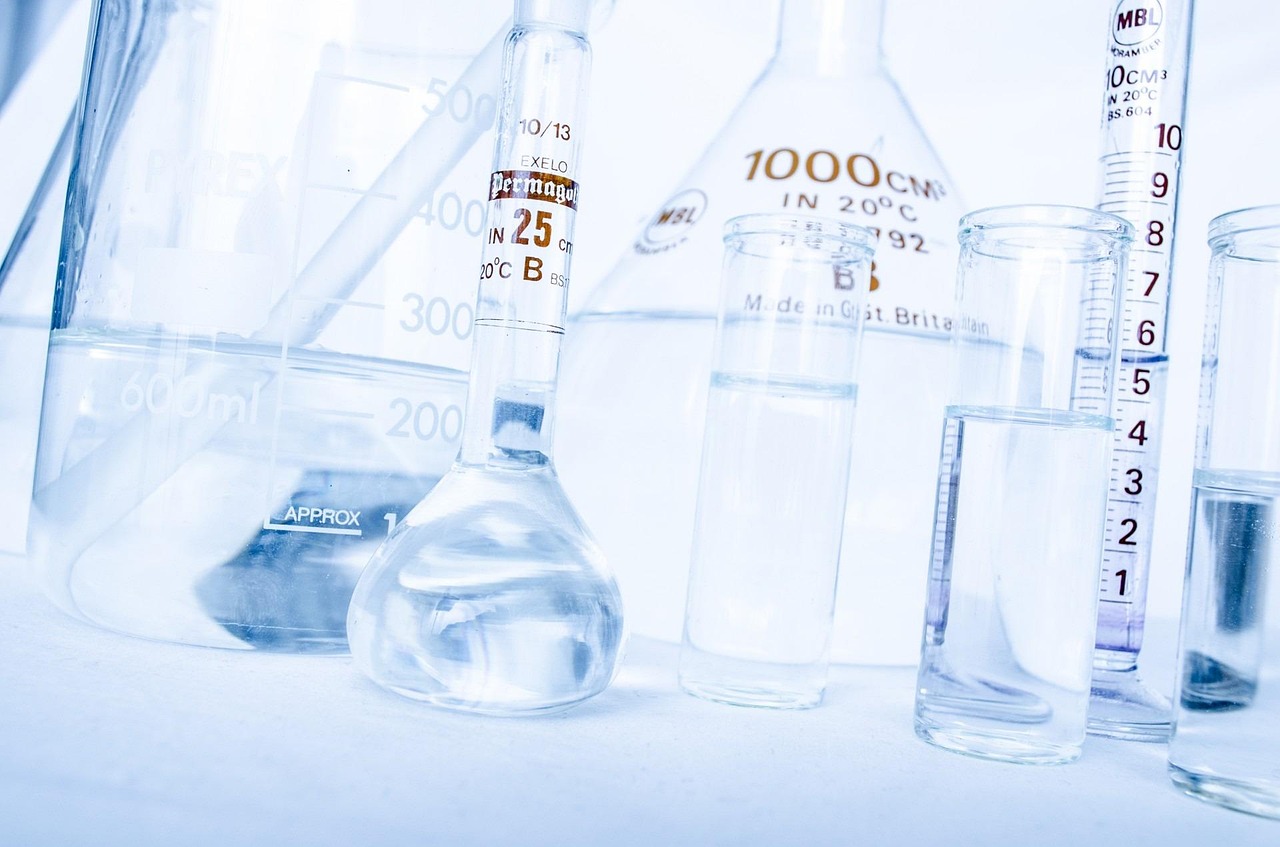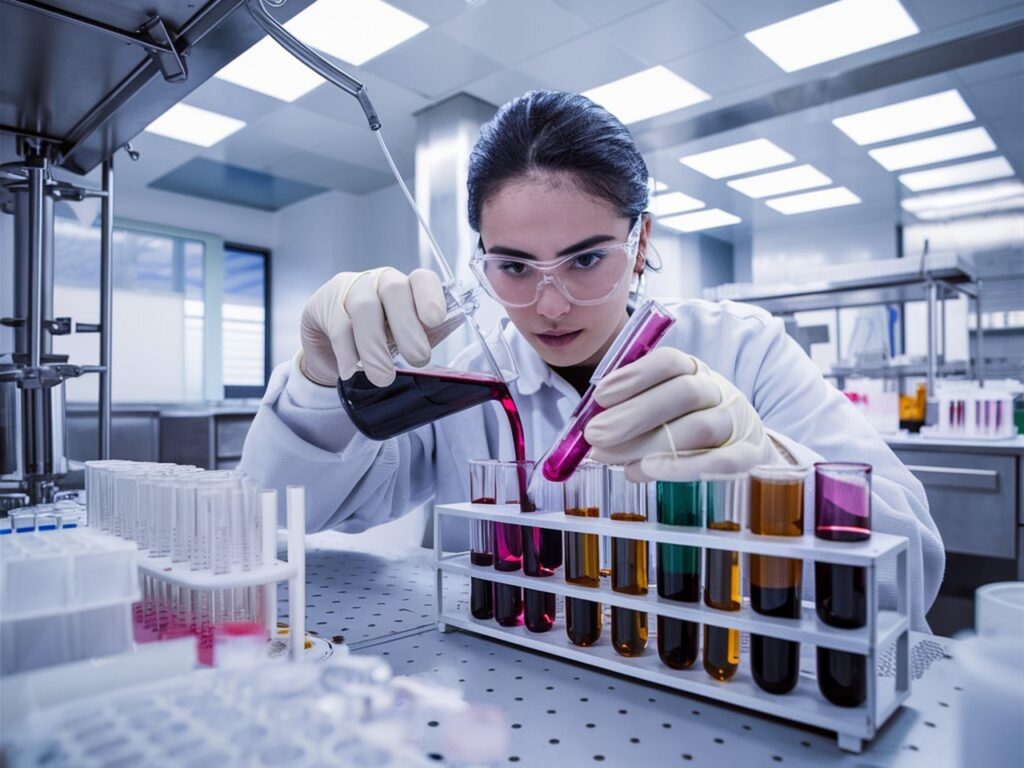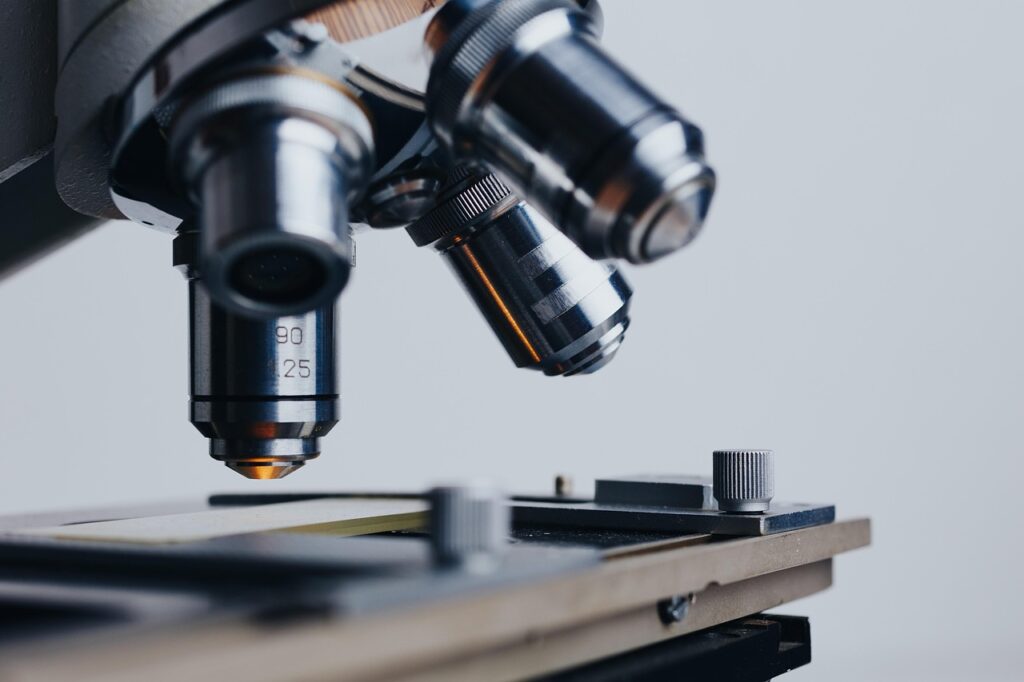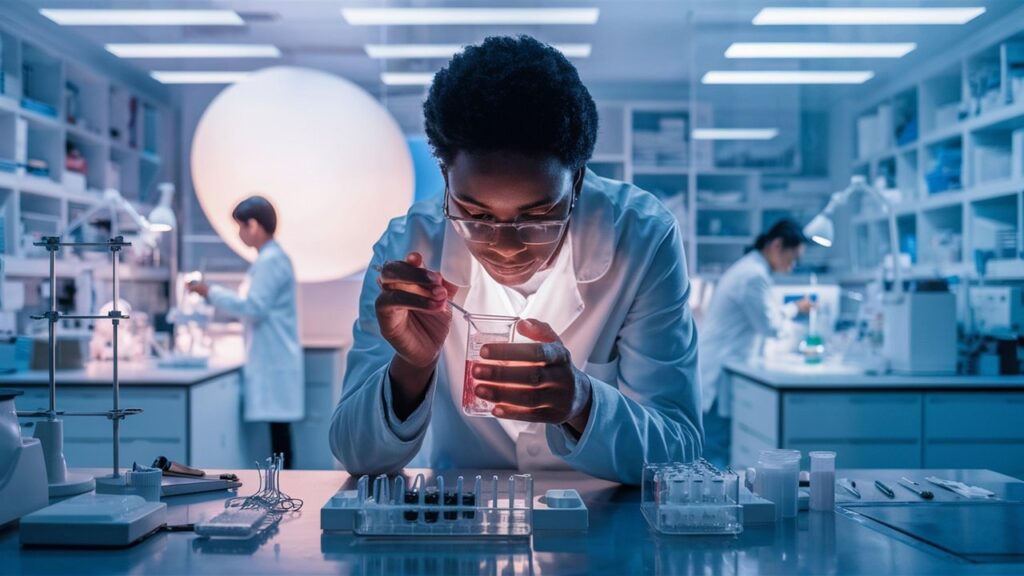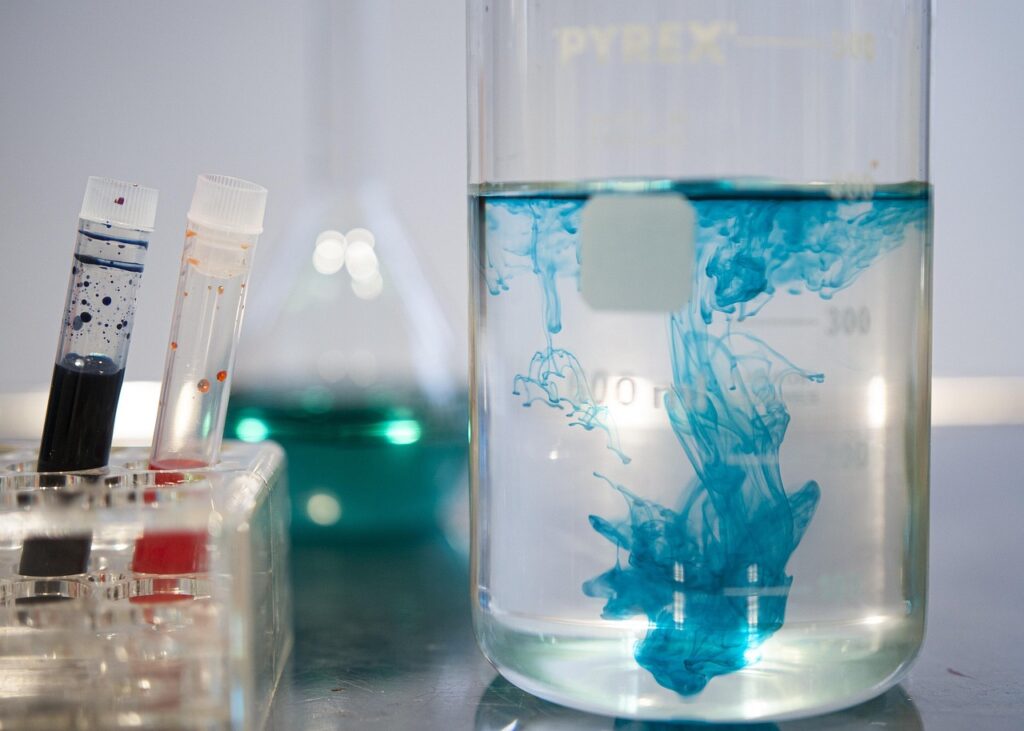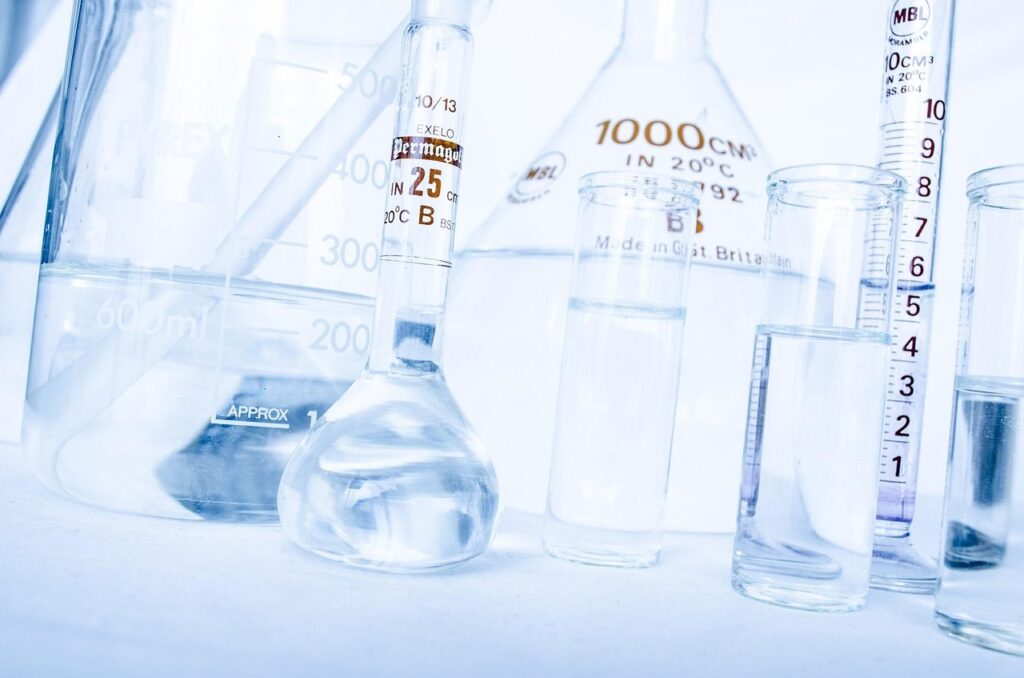The sourcing, production, and distribution of food have grown extremely complex in today’s global food economy. Goods are no longer restricted to local or regional markets; rather, they are obtained from various international locations and frequently go through several phases of transportation and processing before they are purchased by the final user. Many advantages have resulted from the globalization of the food supply chain, including the year-round availability of a large range of food products and the accessibility of foods previously thought to be seasonal or exotic. But this complexity has also brought up new difficulties, especially when preserving the security and caliber of the food we eat.
Food products are subjected to several variables that may jeopardize their safety as they travel through these complex supply systems. Contaminants may enter food items through processing techniques, storage conditions, farming practices, and environmental pollution. Pesticides, heavy metals, viruses, allergies, and even actual physical particles like glass or plastic might be among these pollutants. Significant health hazards are associated with the presence of such contaminants, which can range from short-term foodborne infections to long-term chronic ailments including cancer or neurological abnormalities.
Understanding Food Contaminants
Food contaminants are compounds that may be present in food items due to production processes, environmental contamination, or storage conditions but are not purposely introduced to the product. These impurities may be physical, chemical, biological, or allergic. Foodborne illnesses can be caused by bacteria, viruses, parasites, and fungi, which are classified as biological pollutants. Industrial chemicals, insecticides, heavy metals, and mycotoxins are examples of chemical pollutants. Foreign materials such as metal, glass, or plastic pieces that are introduced during production or packaging are referred to as physical contaminants. Traces of allergens that might cause severe allergic reactions, such as dairy, gluten, or nuts, are known as allergenic contaminants.
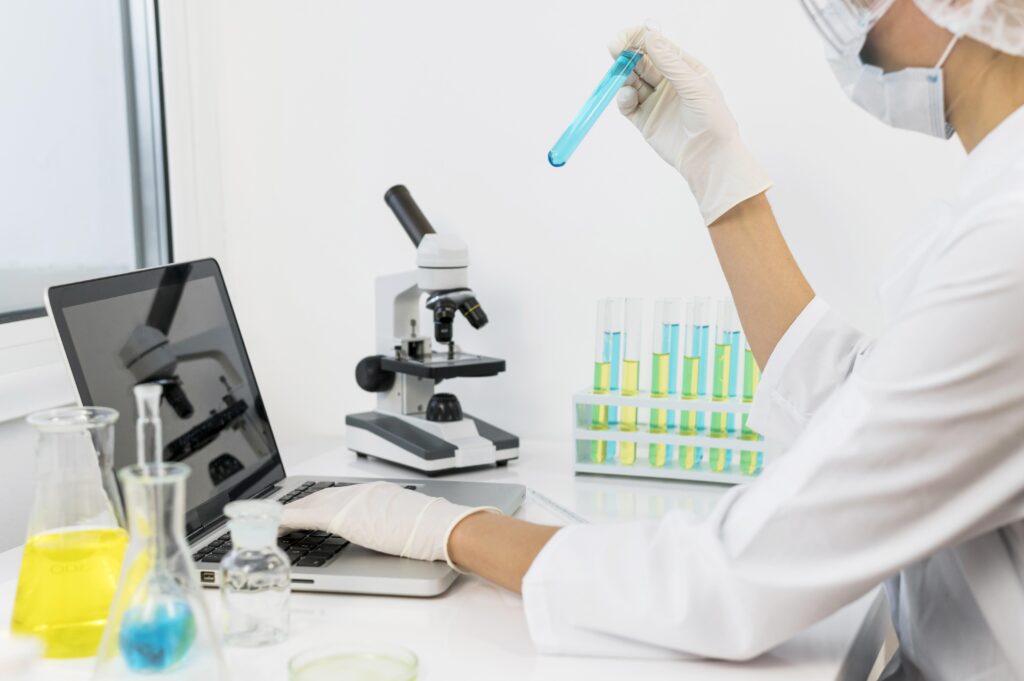
The Importance of Food Contaminant Analysis
By identifying and measuring these pollutants before food products are made accessible for consumption, food contaminant analysis plays a critical role in guaranteeing consumer safety. The public’s health is safeguarded by this analysis, which identifies possible hazards and stops foodborne illness outbreaks. Additionally, it guarantees adherence to legal requirements, since several nations have distinct laws governing the maximum amounts of impurities allowed in food items. Consumer confidence is preserved by routine food contamination analysis since customers are ever more worried about the safety of the food they eat. It also lessens financial losses by spotting possible problems early on, avoiding pricey recalls, fines, and reputational harm to brands.
Techniques Used in Food Contaminant Analysis
Technological developments have resulted in the creation of complex methods for food contaminant analysis. Chemical pollutants in food samples are separated and identified using chromatography techniques including High-Performance Liquid Chromatography (HPLC) and Gas Chromatography (GC). When used in conjunction with chromatography, mass spectrometry may identify and measure minuscule levels of pollutants, yielding incredibly precise findings. In food samples, biological pollutants such as bacteria, viruses, and parasites are frequently found using Polymerase Chain Reaction (PCR). The Enzyme-Linked Immunosorbent Assay (ELISA) is a vital tool for allergen testing since it can identify certain proteins or allergens in food samples. With its great sensitivity and precision, Inductively Coupled Plasma Mass Spectrometry (ICP-MS) is used to identify heavy metals in food. Food composition is analyzed using a non-destructive method called infrared spectroscopy.
The Role of Food Testing Labs in India
Food Contaminant Analysis is a specialist field requiring state-of-the-art tools and knowledge. India’s food testing labs are essential to this process since they provide thorough testing services that meet both national and international requirements. These labs ensure that food products are fully tested for pollutants thanks to their state-of-the-art equipment and knowledgeable staff. Food testing lab in India carry out a broad range of tests, such as chemical analysis to identify pesticides, heavy metals, and other chemical residues, physical contaminant detection to identify foreign objects that may have entered the food during processing, allergen testing to identify the presence of allergens, and microbiological testing to detect and quantify biological contaminants. Food testing laboratories in India deliver precise and trustworthy results.
Challenges in Food Contaminant Analysis
Food Contaminant Analysis presents certain difficulties even though it is crucial for guaranteeing food safety. It is difficult to separate and identify contaminants because food matrices, in which food items are complex mixes of many substances, are so complex. To traverse this complexity, one needs competent analysts and advanced techniques. The profiles of possible contaminants change as new contaminants are found and food processing techniques advance, necessitating ongoing study and improvement in testing procedures. Permissible contamination limits are regulated differently in each country, which can make the testing and compliance process more difficult for food goods meant for export. Food Contaminant Analysis is an expensive process that can be prohibitive for smaller food producers due to the high cost of sophisticated testing methods and equipment.
Future Trends in Food Contaminant Analysis
New technologies and procedures are constantly being developed in the field of food contaminant analysis to solve current issues and enhance testing efficiency and accuracy. The possibility of blockchain technology to track the provenance and processing history of food products is being investigated. This would ensure supply chain transparency and add an extra degree of safety. The ability to do Food Contaminant Analysis on-site is made feasible by advancements in portable testing machines, which shorten the time between sample collection and analysis and yield faster findings. Large datasets are analyzed using artificial intelligence (AI) and machine learning techniques to find patterns that may point to contamination hazards and aid in the early identification of possible problems. The potential of Next-Generation Sequencing (NGS) is being investigated.
Conclusion
Food Contaminant Analysis is an indispensable part of ensuring consumer safety in the food industry. Detecting and quantifying harmful substances, helps in protecting public health, ensuring regulatory compliance, and maintaining consumer trust. The role of food testing labs in India is particularly significant in this regard, as they provide the expertise and resources necessary to carry out comprehensive testing. As the field continues to evolve, ongoing advancements in technology and methodology will further enhance the effectiveness of Food Contaminant Analysis, making our food supply safer than ever before.

